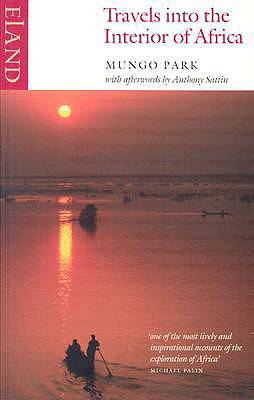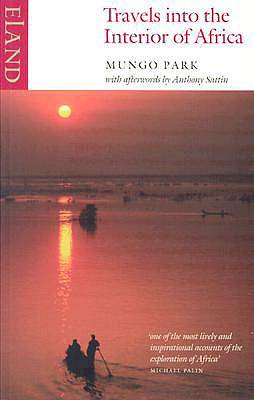
- Afhalen na 1 uur in een winkel met voorraad
- Gratis thuislevering in België vanaf € 30
- Ruim aanbod met 7 miljoen producten
- Afhalen na 1 uur in een winkel met voorraad
- Gratis thuislevering in België vanaf € 30
- Ruim aanbod met 7 miljoen producten
Omschrijving
A combination of two journeys, Scotsman Mungo Park's story of his first trip in 1795 as a 24-year old, and again in 1805, provided Europeans with their first reliable description of the interior of the continent. The first trip was full of an endearing vulnerability and the heroic generosity of a fit young man, while the second was one of Conradian tragedy, murder, and mayhem. Despite starvation, imprisonment, and frequent illness, he managed to keep a record. Though he failed in the object of his mission-to chart the course of the Niger River-he did succeed in exploring West Africa and opening in trade routes. His first-hand experiences of tribal justice, gold mining, and the slave trade are recorded, as well as his own understated heroism, a story of courage, open-hearted friendship, and betrayal. His vivid record of his travels brought a new image of Africa to the European public, though the continent claimed him for itself in death. Travels is still considered the most readable of all the classics of African exploration.
Specificaties
Betrokkenen
- Auteur(s):
- Uitgeverij:
Inhoud
- Aantal bladzijden:
- 384
- Taal:
- Engels
Eigenschappen
- Productcode (EAN):
- 9780907871040
- Verschijningsdatum:
- 15/03/2004
- Uitvoering:
- Paperback
- Formaat:
- Trade paperback (VS)
- Afmetingen:
- 140 mm x 211 mm
- Gewicht:
- 467 g

Alleen bij Standaard Boekhandel
+ 36 punten op je klantenkaart van Standaard Boekhandel
Beoordelingen
We publiceren alleen reviews die voldoen aan de voorwaarden voor reviews. Bekijk onze voorwaarden voor reviews.










